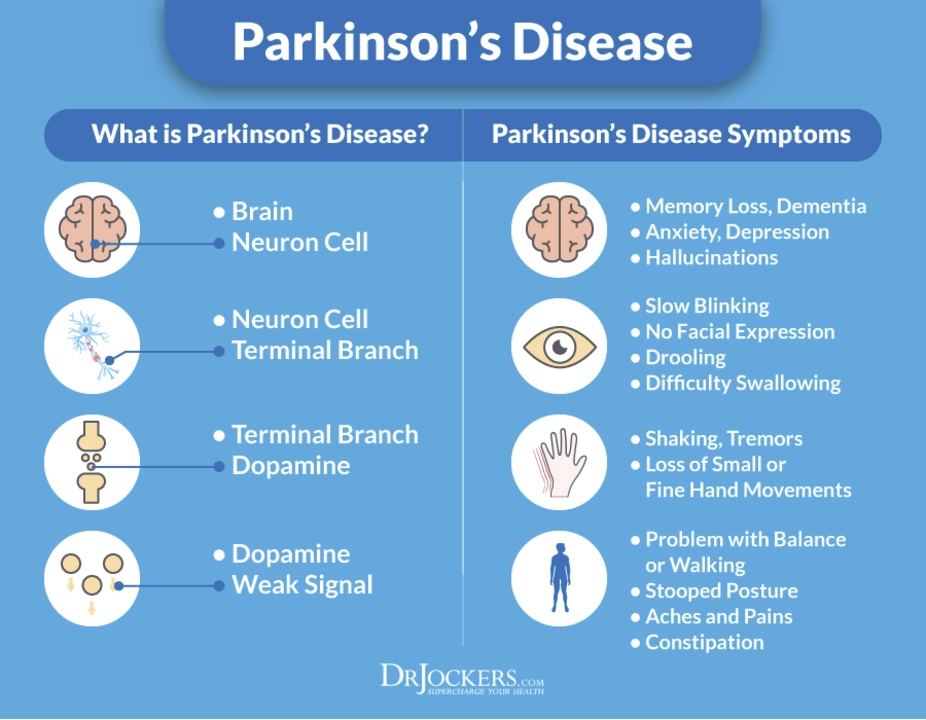Trihexyphenidyl (benzhexol) — what it does and how to stay safe
Trihexyphenidyl (also called benzhexol) is an older anticholinergic medicine used mainly for Parkinson's symptoms and some movement disorders like dystonia. It can help tremor, stiffness, and some drug-induced movement problems, but it isn’t the best fit for everyone. Below I’ll cover the basics you need to know—what it treats, common side effects, and practical safety tips.
How it’s used and typical dosing
Doctors usually start low and go slow. A common approach is 1 mg once or twice a day, then increase every few days if needed. Adults often stop around 6–10 mg a day, though some people may take a bit more under close medical supervision. Kids and older adults need lower doses. Never change the dose on your own—talk with your prescriber first.
Trihexyphenidyl is often chosen when tremor is the main problem, or to treat parkinsonism caused by antipsychotic drugs. If you have classic Parkinson’s with strong slowness or balance trouble, other drugs (like levodopa) are usually preferred.
Common side effects and red flags
Expect anticholinergic effects: dry mouth, blurred vision, constipation, urinary trouble, and sometimes fast heart rate. These are the most common complaints. Drowsiness, confusion, and memory or thinking problems can happen—especially in people over 65. If you or a family member notices sudden confusion, severe dizziness, or hallucinations, stop the drug and contact a doctor right away.
There are also clear no-go situations. Avoid trihexyphenidyl if you have untreated narrow-angle glaucoma, severe urinary retention, or certain types of bowel blockage. If you take drugs that boost anticholinergic load (like some antihistamines, tricyclic antidepressants, or bladder meds), the combined effect can be strong and risky.
If you’re on dementia meds such as donepezil or rivastigmine, trihexyphenidyl can work against them. Always tell every clinician and pharmacist all the medicines you're taking.
Stopping trihexyphenidyl suddenly can cause problems. If you need to stop, your doctor will usually recommend a gradual taper to avoid withdrawal-like effects.
Practical tips: carry sugar-free gum or lozenges for dry mouth, drink extra water to ease constipation, avoid driving or heavy machinery until you know how the medicine affects you, and keep a list of side effects to discuss at follow-up visits.
If you’re thinking about alternatives: benztropine is a similar anticholinergic; amantadine or dose changes in your current Parkinson’s meds may help. Your clinician can recommend the best switch based on symptoms and overall health.
Want to buy trihexyphenidyl? It’s prescription-only in most places. Use a licensed pharmacy and avoid suspicious online sellers. If cost or access is an issue, ask your doctor or pharmacist about programs, generics, or safe alternatives.
Questions for your visit: What dose should I start with? How will we measure benefit and side effects? How and when should we stop the medicine if needed? Keep those ready—good conversations make treatment safer and clearer.

The Role of Trihexyphenidyl in Occupational Therapy for Parkinson's Disease
As a blogger, I've recently come across the topic of Trihexyphenidyl and its role in occupational therapy for Parkinson's Disease. Trihexyphenidyl is an anticholinergic medication that helps alleviate symptoms like tremors and muscle stiffness in Parkinson's patients. In occupational therapy, this medication can significantly improve a patient's ability to perform daily tasks and maintain their independence. It is essential to note that while Trihexyphenidyl is beneficial, it may not work for everyone, and it's crucial to work closely with healthcare professionals to find the best treatment plan. Overall, Trihexyphenidyl has shown promising results in helping Parkinson's patients lead more fulfilling and independent lives through occupational therapy.
More Detail